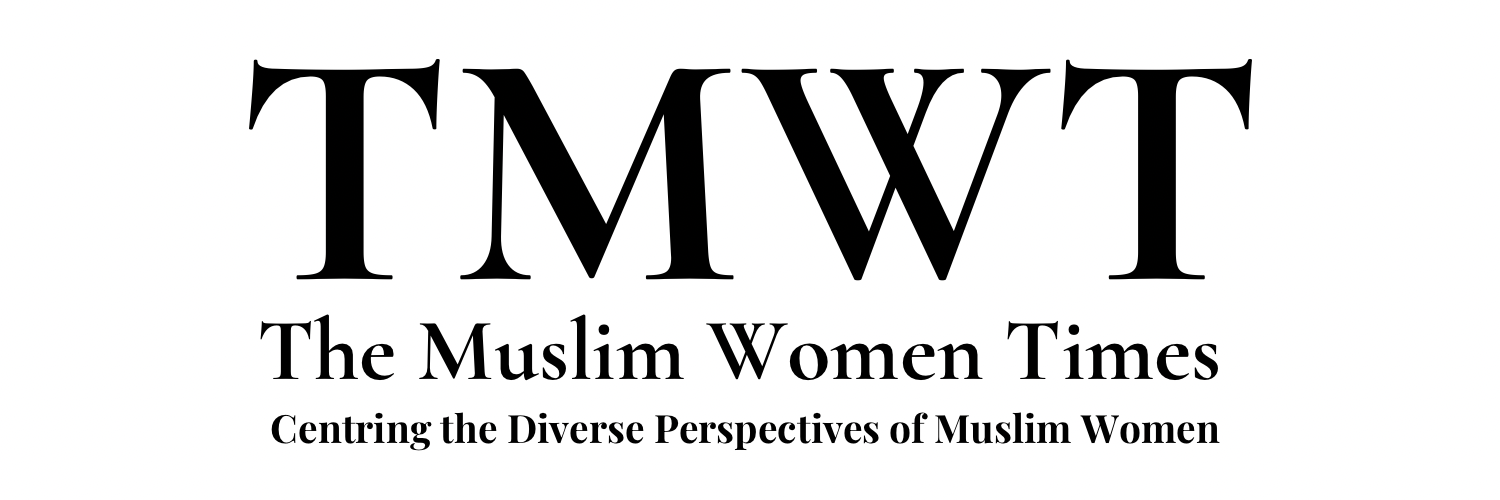The Great Gatsby, Revolutions and Patriarchal Conceptualisation.
This second part of the review of “Reading Lolita in Tehran” on the Great Gatsby can be read independently. However, it is part of a larger review series and it is advised to go back to Part 1 for context and understanding.
In the second section of her book, Azar Nafisi posits the Great Gatsby and the character’s search for the American Dream against the fervorous revolutionaries of the Iranian state.
Gatsby’s pursuit of the American dream, fame, glory and Daisy, ultimately leads to his tragic end. His violent death and finite removal from the material luxury he chased, ironically occurs because of the very woman he chased. Nafisi spells out to her book club and her audience that Gatsby’s downfall is because he refuses to stop chasing the American dream, even when it means compromise for the sake of living.
From a personal standpoint, I think she cleverly compares this to the Islamist and Marxist revolutionaries who dream of a state-changing revolution to bring about their vision of a new Iran. However, limitedly and ironically, the dream of a new Iran is entirely based around the revolution. The dream is incomplete, ending at the revolution and its hoped success, it doesn’t consider the thousands of social aspects that would come after the revolution and the millions of human lives behind it when it inevitably fails. In an attempt to actualise the revolution and keep the dream alive, the revolutionaries use violent components; policing of citizens, limiting the spread of knowledge, muting free speech for enforcement and rampant physical and emotional violence.
In the Great Gatsby, Jay Gatsby uses nefarious means to keep his own American dream alive, as a bootlegger, illegally smuggling products and bypassing the law through corrupt morales. His chosen path of life and an entourage of socially corrupt people eventually leads him to an ironic death. Death by chasing his dream. Similarly, the Iranian revolution becomes the murderer of the very country it sought to protect. The government vilifies human rights and the civil servants cause endless suffering creating a society of insecurity and instability. Chasing your dream without conscious awareness eventually leads to downfall as dreams are always incomplete and cannot survive the real world, is a clear message. The things Gatsby and the revolutionaries do to keep the dream alive, show how these dreams can corrupt the soul of an individual or a nation.
Daisy Miller, the object of Gatsby’s dream, is a metaphor for the revolution and its dreadful end.
The notion of revolution is one rampant throughout history as a means of progression, development and modernity when done by the right people. On the other side of the spectrum, it is also barbaric, vicious and anarchical. The truth is, revolution is neither of these things and all of these things, depending on which side of history you stand on. This topic requires too much of a discussion but in short, I agree with Azar’s notion of revolution, as a destructive and over-romanticised aspect in the linearity of society’s development. However, I also seek to encourage a different perspective where the Western concept of revolution is not placed at the centre of society. Instead, by using the characterisation of Daisy as a direct comparison to revolution. Since Daisy is Gatsby’s dream and the revolution is the Islamist’s dream.
To reveal an issue at the core of Western conceptualisation of revolutions, I seek to use Nafisi’s metaphor as a result rather than at the centre. Daisy is a representation of the marginalisation of women and their existence as possession in the 1920s; her trophy wife status, beauty and lack of intelligence highlight a lineage of societal gender expectations on a woman. All of this as we are well aware of is an abstract image that still lives on today, built by males to manipulate and design the idea of the perfect woman. A mute, submissive and pretty woman.
Likewise, the concept of revolution and power as a means to progress and development is a dangerous Western perspective. The way the Western knowledge production depicts revolution as a stage which places countries on a timeline of backwards and modernity is not recognised in Nafisi’s book. My critique here seeks to allow readers to think about the way revolutions have been constructed in our knowledge and imagination. Similar to Daisy, revolutions are manipulated as either a tool of modernity and freedom or usurpation and corruption, rather than what they truly are; a damaging transfer of power, where infrastructural injustices remain unchanged. Both Daisy and revolution are concepts manipulated as part of the wider patriarchy that places men at the centre of power.
Understanding the context, history and reasons behind why certain aspects in society, media and education are glorified or vilified, can reveal a greater scope of manipulation. We are all aware of the notion that knowledge is power, but power creates knowledge and they create the wider ideas of conceptualisations surrounding it. Concepts that are reinforced in literature, media, films and even the way we speak. Hence, revolutions as something natural is a man-made concept that justifies the violence and transition of power as a political and national actuality.
Nafisi includes great literary comparisons but she fails to rope in political elements despite the politics in her work.
Have anything to talk or rant about? ‘The Muslim Women Times’ is looking to expand the voices of Muslim women on issues affecting Muslim women. Send pitches or contributions to contribute@themuslimwomentimes.com along with your bio, social media handles and your favourite headshot. Read More on our Contributions Page.




